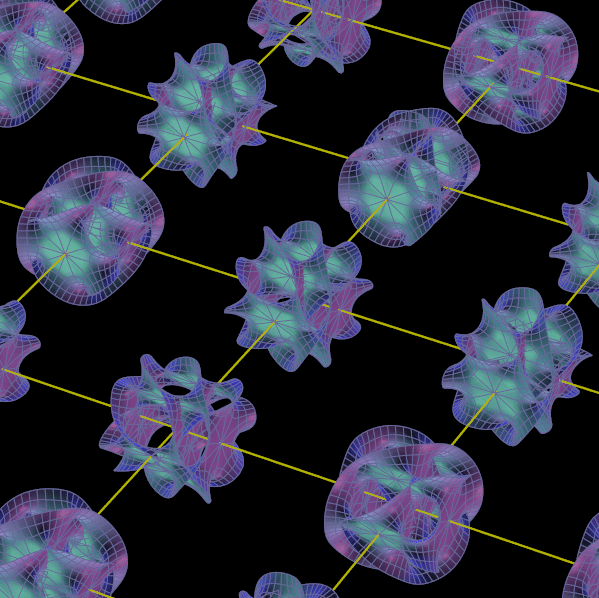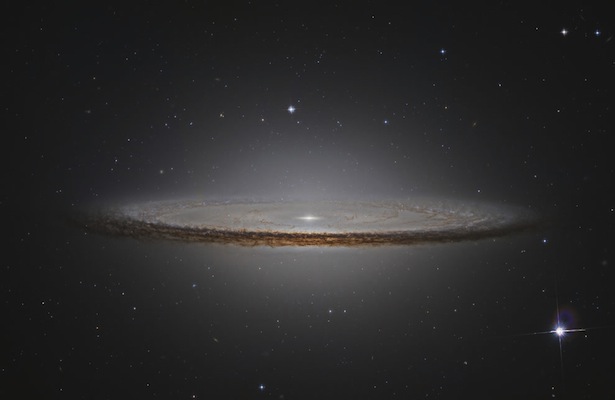Do we know? Can we know? Will we know?
I remember asking my father this question when I was just a ten year-old boy. I went further to raise a similar question: “What is the smallest thing we know?” At the time I did not have any knowledge about molecules and atoms, but somehow intuitively I drew a connection between the infinitely small and the infinitely large. I remember sitting outside in the garden, observing a few insects crawling on our plants, and in a sudden flash of inspiration I felt that everything was connected from the smallest end of the spectrum to the largest. Little did I know that in 2011, over 50 years later, scientists would still be searching for the “theory of everything” (TOE), the model that would unify the four natural phenomena of gravity, electromagnetism, and the weak and strong nuclear forces. [1] The TOE was the riddle that Einstein spent the last 30 years of his life trying to solve but never did. At present, the “superstring theory,” which conceptualizes ten dimensions or more, is the best attempt we have of explaining this riddle.

See a succession of gif frames at http://members.wolfram.com/jeffb/visualization/stringtheory.shtml. The animation shows an array of "Calabi-Yau" spaces, projections of higher dimensions into the more familiar dimensions we are aware of.
My father’s response to the question I had posed was more philosophical than scientific, but he made it clear to me that scientists around the world were constantly making new discoveries and that, in the same way, it was important that I never stop asking questions about any topic that I did not understand. Since that day I have been fascinated with the search for answers to difficult and complicated questions. It is also not a coincidence that a deep curiosity about the latest discoveries in astronomy and quantum physics has stayed with me to this day. It goes without saying then, that as a teacher of the cello I have always possessed an incredible thirst for trying to understand how and why certain things “work” on the cello and why certain things do not. The pursuit of these answers has been and will continue to be a never-ending journey.
As a cello teacher, I spend a great deal of time and effort encouraging my students to understand and find the perfect balance between the following three aspects of instrumental playing and music making:
- The intelligent and creative musical mind.
- Kinesiology, the science of physiology and biomechanics.
- The physics of the cello.
Although over-analyzing what we do can get in the way when performing, it is important for a musician to get to the core of things and understand how they work. We are all different, however, and so what we each need to know and do to solve our own problems and issues depends upon our unique and individual characteristics.
One of my biggest fascinations, which we will be exploring here, is the relationship between physics and string music. By opening up a dialogue that explores both past influential thought and current leading discoveries, we hope to create and foster a community of opinions and ideas. It is my dream that we here at String Visions together will create a truly exciting forum where string players can be exposed to the most recent research and discoveries from leading physicists concerning string playing. In addition to this, I hope that we string players can assist in generating more probing questions that these physicists can and will help us find answers to.
But beyond physics, there is a long history concerning a variety of scientific disciplines and their bearing on music and instruments. This research continues today, and String Visions aims to make us all a part of it.
[1] PBS – Nova. “A Theory of Everything?” http://www.pbs.org/wgbh/nova/elegant/everything.html (accessed March 26, 2011).
Also check out these links!
http://primaxstudio.com/stuff/scale_of_universe/
http://videos.jfbros.com/video/OZpIJ7S6dVg/macrocosmos-powers-of-ten-imax-cosmic-voyage.html
http://members.wolfram.com/jeffb/visualization/stringtheory.shtml















Fantastic! What an exciting way to connect music and science… thanks!
F = 1/2L √(T/M)
Mersenne said it first.
Congrat!
This article reminds me my old dream, too.
I will keep watching. Good luck!
I am pretty sure this topic was examined on CNN
howday,dear. I was introduced by one of my roomates to visit your website. I like the look of the site very much. The article is very insightful. Please keep on the good work. I definitely will read it frequently and inform it to my friends.
Hi all, I’m glad that you’ve found these articles to be valuable. Let’s start dialog and create community around the topics examined here at String Visions! I’m looking forward to the future!
Our universe is described as infinitely large whilst the microscopic world is infinitely tiny. However what is infinitely large and little in truly mathematical terms?